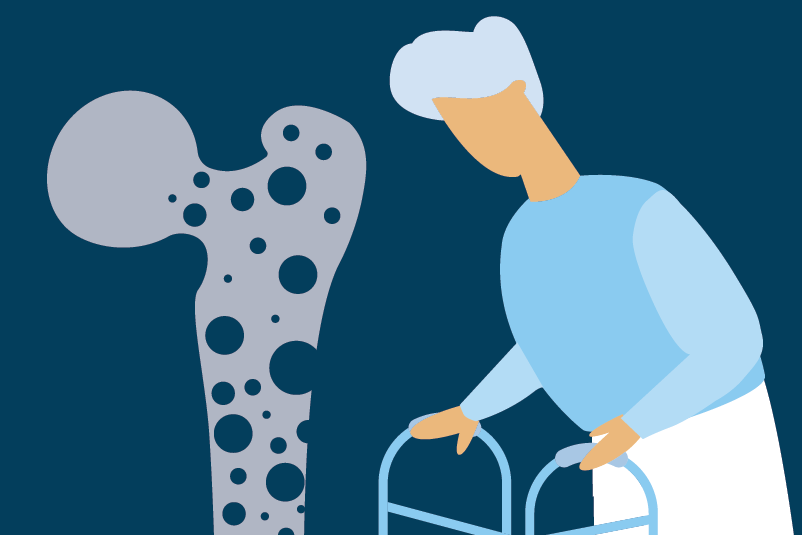#320 Oh Baby: Combined oral contraceptives during breastfeeding

Reading Tools for Practice Article can earn you MainPro+ Credits
Join NowAlready a CFPCLearn Member? Log in
- Randomized controlled trials (RCTs) from two systematic reviews.1,2 Oral contraceptives started 2-6 weeks postpartum. Results statistically different unless indicated.
- COC versus placebo:
- Infant weight:
- 182 women, ethinyl estradiol 30mcg/levonorgestrel 0.15mg:3
- At 91 days postpartum: 6011g versus 6250g (placebo).
- 50 women, mestranol 80mcg with progestin:4
- Between weeks 2-5 postpartum: Weight gain ~7oz less versus placebo, statistics not reported.
- 182 women, ethinyl estradiol 30mcg/levonorgestrel 0.15mg:3
- Exclusive breastfeeding:
- At 91 days:3 81% versus 92% (placebo).
- Supplemental formula:
- At 91 days:3 Proportion supplementing: 18% versus 8% (placebo), not statistically different.
- At 5 weeks:4 ~710 versus 190 supplemental calories/week (placebo), statistics not reported.
- Infant weight:
- POP versus placebo:
- Started ≤6 weeks postpartum: Two low-quality RCTs (20 and 400 women).5,6
- Infant growth: No difference.2
- Started ≤6 weeks postpartum: Two low-quality RCTs (20 and 400 women).5,6
- COC versus POP:
- Largest RCT (171 women) comparing ethinyl estradiol 30mcg/levonorgestrel 150mcg versus levonorgestrel 150mcg over 6-24 weeks postpartum:7
- No difference: Infant weight or supplementation.
- Milk volume: Decreased 42% COC vs 12%.
- Results consistent with other RCT (127 women);8
- No difference: Breastfeeding or adverse effects at 6 months.
- Largest RCT (171 women) comparing ethinyl estradiol 30mcg/levonorgestrel 150mcg versus levonorgestrel 150mcg over 6-24 weeks postpartum:7
- Limitations: Old trials (>35 years);3-5,7 incomplete reporting;3,4,7 underpowered;8 high drop-outs;7,8 unclear randomization;3 some formulations/doses no longer used.4,9
- COC adverse effects on mother/child pairs from non-RCTs:
- 48 pair: No difference in growth/intellectual development versus control, ≤8 years.9
- 103 versus 227 pairs (placebo/intrauterine device): No difference in infant breast/genital changes at 1 year.10
- Guidelines recommend:
- Progestin-only contraception during early postpartum period.11,12
- Against COC within first 4-6 weeks postpartum while breastfeeding due to venous thromboembolism risk.12,13
- Early postpartum risk is 15-35 times non-pregnant,12,14 returning to baseline at 6-12 weeks.14







I learn some thing new and will start practicing acc to new recommendations. Baseline risk at 12 wks is reassuring.
It makes no sense to prescribe bcp to a breast feeding mother. The bcp will appear in the breast milk.
Progestin is relatively safe to use early postpartum